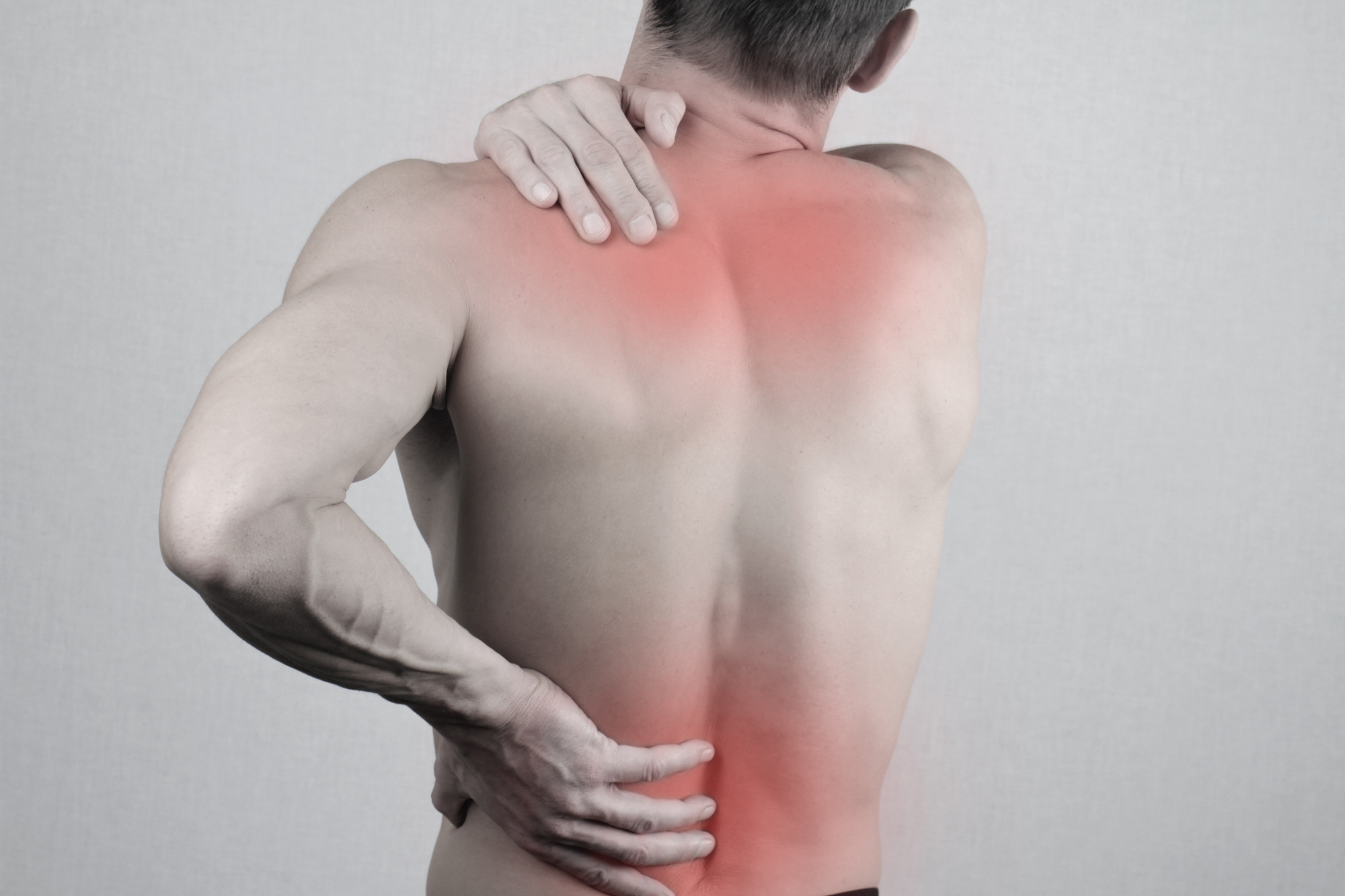
7 Easy Pain Management Tips You Can Do at Home
It’s estimated that over 50 million Americans deal with chronic pain. With over 20% of the population feeling the pain, there have to be pain management tips that can be done at home.
You’ve come to the right place.
In this article, we will show easy pain management tips that a person can do from the convenience of a home or apartment. Read on to learn more.
1. Stay Hydrated
Besides quenching your thirst, water provides added benefits such as easing your pain. Do you know how much water you’re drinking a day? Many people don’t drink the recommended 11.5 to 15.5 cups of water per day.
In addition to carrying nutrients throughout your body, water fills your belly. Drink lots of water before meals, and you won’t feel like eating as much.
If you’re someone in the overweight or obese categories, weight loss takes stress off your joints and muscles. This not only soothes pain but prevents other injuries, too.
Water is our body’s natural lubricant. Aches and pains may slowly dissipate if there’s consistent hydration. People who have lost cartilage from athletics or overuse benefit from constantly drinking water.
Grab a water bottle and set alarms on your phone so you have friendly reminders to drink more.
2. Thermal Therapy
Some chronic areas of pain require thermal attention. Depending on your condition, heat and/or cold relieve pain in the simplest manner.
Soak your body in a hot shower or warm bath to get the blood pumping in the affected areas. The blood allows your body to heal and relax. If you can get a quiet bath, the mind gets a rest, too.
For some aches and pains, cold therapy is the answer. A dedicated runner or fitness enthusiast might feel especially sore after a couple of hours of exercise.
The cold therapy might shock a first-time user, but it is designed to battle inflammation in the joints and comfort the muscles. Athletes recovering from an injury would find cold therapy especially useful.
3. Exercise and Stretching
It might feel counterintuitive to exercise when a person is dealing with chronic pain. However, if it’s done mildly and under limitations, exercise and stretching will ease the pain.
Outside of building muscle, exercise increases your heart rate and blood flow. Don’t let pain keep you from staying in shape.
Additionally, the added weight loss or muscle gain will support the management of your pain.
To avoid further pain and injury, only use weights that you can lift comfortably. Aerobic exercises should be done with limitations that prevent strain. If possible, use a pool to decrease the likelihood of unnecessary tension.
Stretching acts a lot like exercise but without as much exertion. This will loosen your body and joints, allowing better blood flow. It might even improve posture and form.
4. Reduce the Stress in Life
Reducing stress in your life may do more than decrease the pain; it may eliminate it.
Go through the responsibilities and tasks you complete during the day and eliminate anything non-essential. For the items that are left, ask yourself if there’s an easier way to do it.
A good way to do this is by keeping a journal. At the end of each day, write an entry and give the day a pain score of 1 through 10. Compare your worst and best days and the activities you did.
The less stress or frustration you face in the day, the less sensitive you are to pain.
Find time in your day to do things you enjoy. It might be a hobby or light exercise; either way, it’s crucial to give yourself time to relax.
Don’t let the stress enhance your chronic pain during the day. Take 15 minutes every hour to do something you find relaxing.
So turn down the lights and watch an episode of your favorite show in the afternoon.
5. Over-the-Counter Pills
Always consult your doctor before consuming any type of pills. That being said, over-the-counter (OTC) pills might be the small relief you need to get you through the day.
Everything from ibuprofen to acetaminophen battles inflammation and bruising in muscles and soft tissue. These medications are beneficial for temporary injuries like sprains, strains, or contusions.
Understand that OTC pills should not be consumed in large doses or all the time. They are a temporary fix. Prolonged use can lead to health problems such as the following:
- High blood pressure
- Stomach issues
- Kidney pain
- Nausea
- Ulcers
Make sure to ask a routine checkup what the proper and appropriate use is for your pain and body.
6. Massages
A person doesn’t have to shell out hundreds of dollars to get a quality massage to ease the pain. Ask a family member, friend, or do it yourself with a roller. All you really need is a good amount of pressure and friction on an area.
Massages relieve all the tension from anxiety and pain built in your body. A targeted massage concentrates and focuses on the areas that need the most relief.
When you’re done, your body should feel better, like the worries of the world have dripped away. Everyone from professional athletes to construction workers enjoys the benefits of massage.
If a friend or family member decides to help you out, don’t be stingy. At the least, offer to give them a massage, too.
7. Good Diet
Your body is at its finest when you consume the right foods (and the right amount). A special focus should be placed on getting vegetables, fruits, and lean protein.
A healthy body can repel pain and soreness with the right fuel. Consult with the professionals to decide what your body needs to be optimal.
Take These Steps for Pain Management
Life isn’t easy when you’re constantly dealing with pain. Use these steps in pain management from the comfort of your home.
Beat pain and live the full life you deserve.
If you’re seeking professional medical plans for your pain, please locate one of our facilities near you today.



